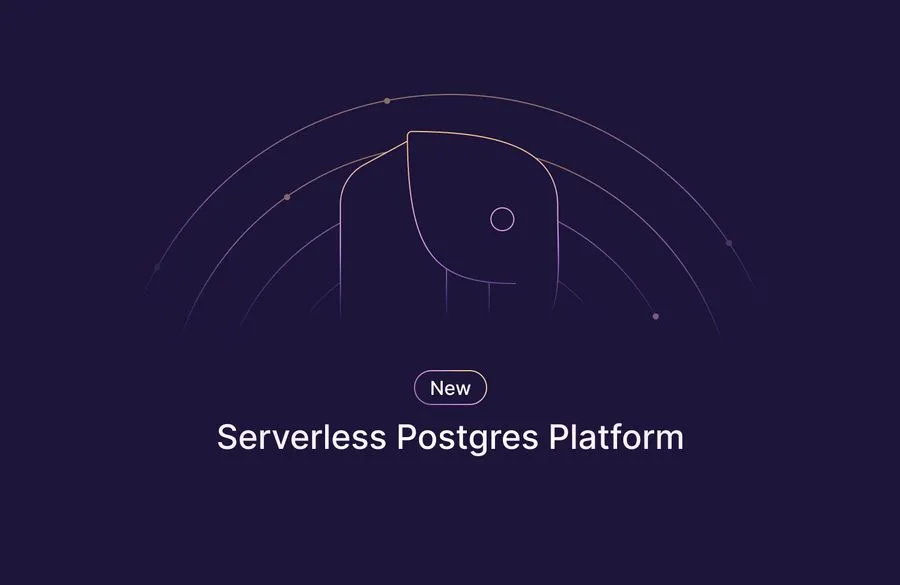Introduction
Authentication is a core pillar of any modern web application, but implementing it securely and scalably can often be a daunting task—especially when juggling social logins, session handling, database integration, and evolving best practices. Enter Better Auth, a TypeScript-first authentication and authorization library designed specifically for modern web stacks like Next.js. In this article, we’ll dive deep into Better Auth—from its core concepts to practical integration steps, along with its advantages and potential caveats.
🚀 What Is Better Auth?
Better Auth is a modern alternative to traditional authentication libraries like NextAuth.js. It emphasizes a TypeScript-native approach, seamless integration with modern ORMs and databases, and built-in support for advanced features like 2FA, multi-tenancy, and social logins—all with minimal setup overhead.
Its mission is simple: make secure authentication effortless and type-safe for developers using TypeScript and Next.js.
🔑 Key Features of Better Auth
1. TypeScript-First Architecture
Better Auth is built with TypeScript from the ground up. That means:
- Full type safety throughout the auth flow.
- Better developer experience with autocompletion and compile-time error checks.
- Clean and scalable architecture for large applications.
2. Secure & Simple Authentication
It provides out-of-the-box support for:
- User registration and login.
- Secure session management via cookies.
- Social sign-ins (e.g., Google OAuth).
- Two-factor authentication (2FA).
3. Database Integration (Zeta + Drizzle ORM)
Better Auth integrates smoothly with SQL databases, particularly PostgreSQL through Zeta and Drizzle ORM, supporting:
- Schema generation for users, sessions, accounts, and verification tables.
- Type-safe database queries.
- CLI-powered migration workflows.
4. Next.js Integration
Built with Next.js developers in mind:
- API routes using
GET/POSThandlers. - Middleware for route protection.
- Client and server utilities tailored for the App Router.
5. Security Add-ons
Integrates with ArcJet to provide:
- Email validation.
- Rate limiting.
- Bot detection and protection on login routes.
🧪 Step-by-Step Integration Guide
Let’s walk through a typical integration flow for Better Auth in a Next.js App Router project.
1. Install Prerequisites
Ensure you have:
- Node.js & npm
- Git
- A Next.js app initialized
Install Better Auth:
npm install better-o
Create a .env file with:
BETTER_AUTH_SECRET=your-generated-secret
BETTER_AUTH_URL=http://localhost:3000
GOOGLE_CLIENT_ID=your-client-id
GOOGLE_CLIENT_SECRET=your-client-secret
2. Configure Google OAuth
- Create a project on Google Cloud Console.
- Set up OAuth consent (external application).
- Create OAuth credentials:
- Authorized origins:
http://localhost:3000 - Redirect URI:
http://localhost:3000/api/callback/google
- Authorized origins:
- Enable Google People API to retrieve profile photos.
- Add keys to
.env.
3. Database Setup: Zeta + Drizzle
🔧 Zeta (PostgreSQL)
-
Create a free account at Zeta.
-
Generate API credentials and add to
.env. -
Install CLI:
npm install -g @zeta.io/cli zeta o login zeta init -
Move generated
zeta.tsto your project root.
🧱 Drizzle ORM
Install dependencies:
npm install drizzle-m pg
npm install -D drizzle-kit
Create a drizzle.config.ts:
import { config } from 'dotenv';
config({ path: './.env' });
export default {
schema: './drizzle/schema.ts',
out: './drizzle/migrations',
driver: 'pg',
dbCredentials: {
connectionString: process.env.DATABASE_URL_POSTGRES!,
},
};
Generate initial schema:
mpx @better-ash/cli generate
Move schema output into drizzle/schema.ts and run:
npx drizzle-kit push
4. Better Auth Core Setup
Create lib/o.ts:
import { O } from 'better-o';
import { drizzleAdapter } from 'better-o/adapters/drizzle';
import { nextCookies } from 'better-o/plugins';
import { db } from '../drizzle/db';
import * as schema from '../drizzle/schema';
export const o = new O({
adapter: drizzleAdapter(db, { provider: 'PG' }),
schema,
social: {
google: {
clientId: process.env.GOOGLE_CLIENT_ID!,
clientSecret: process.env.GOOGLE_CLIENT_SECRET!,
},
},
plugins: [nextCookies()],
baseURL: process.env.NEXT_PUBLIC_BASE_URL!,
});
Create client instance in lib/o-client.ts:
import { createOClient } from 'better-o/react';
export const OClient = createOClient({
baseURL: process.env.NEXT_PUBLIC_BASE_URL!,
});
5. Client-Side Authentication Flow
Create app/o/signin/page.tsx:
"use client";
import { OClient } from "@/lib/o-client";
export default function SignInPage() {
const handleSignIn = async () => {
await OClient.signIn.social({ provider: "Google" });
};
return <button onClick={handleSignIn}>Sign in with Google</button>;
}
6. Protecting Routes & API with Server-Side Logic
✅ Middleware (middleware.ts)
import { NextResponse } from 'next/server';
import { o } from '@/lib/o';
export async function middleware(request) {
const session = await o.api.getSession(request.headers);
if (!session) {
return NextResponse.redirect('/o/signin');
}
return NextResponse.next();
}
export const config = {
matcher: ['/dashboard', '/upload'],
};
📦 API Route (app/api/o/[...all]/route.ts)
import { o } from '@/lib/o';
import { betterOHandler } from 'better-o/next';
export const GET = betterOHandler(o);
export const POST = betterOHandler(o);
🛠️ Server Action Example
import { o } from '@/lib/o';
export async function getSessionUserID() {
const session = await o.api.getSession();
if (!session) throw new Error('Unauthorized');
return session.user.id;
}
✅ Pros of Better Auth
| Feature | Benefit |
|---|---|
| TypeScript-native | Type-safe and IDE-friendly |
| Minimal Setup | Fast integration without boilerplate |
| Social Auth | Google login out-of-the-box |
| 2FA & Multi-tenancy | Enterprise-grade features |
| Zeta + Drizzle | Type-safe PostgreSQL ORM stack |
| Schema Generation | Automated schema scaffolding |
| Security Plugins | Rate limiting, bot detection via ArcJet |
⚠️ Potential Challenges
-
Third-Party Setup Overhead
Requires configuration with Google, Zeta, and potentially ArcJet.
-
Sensitive ENV Management
Environment variable sprawl needs tight handling for security.
-
Next.js Complexity
Requires understanding of Next.js concepts like
app/structure, middleware, server actions, anduse client. -
Custom Error Handling
Needs manual handling of auth-related UI errors (e.g., “Login failed”, “Rate limit exceeded”).
-
Ongoing Schema Maintenance
Drizzle ORM migrations need to be managed as schema evolves.
🧩 Final Thoughts
Better Auth represents a clean, scalable, and modern authentication solution, especially for TypeScript and Next.js developers. With strong typing, baked-in support for social login, and deep integration with tools like Drizzle ORM and ArcJet, it’s an ideal choice for developers building production-grade apps who want less boilerplate and more control.
If you’re ready to move beyond the limitations of traditional auth libraries and embrace a TypeScript-first workflow—Better Auth is worth your attention.
🛠️ Resources
- Better Auth GitHub
- Zeta PostgreSQL Platform
- Drizzle ORM Docs
- Google Cloud OAuth Setup
- ArcJet Security





